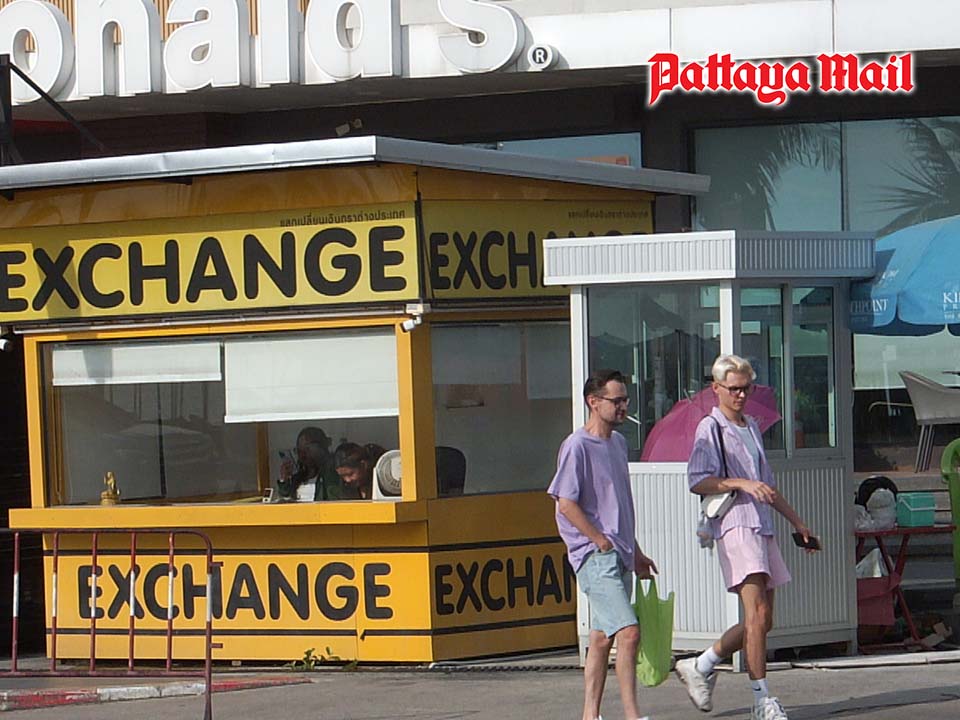
PATTAYA, Thailand – Visitors enjoying the beaches, bars, and bargains of Pattaya might notice their holiday budget shifting slightly this month. The Thai baht has continued to strengthen against the U.S. dollar, climbing to around 32.50–32.60 in mid-May. And while that might impact how far your foreign currency stretches, don’t expect the Bank of Thailand (BOT) to step in and steady the ship.
According to the BOT, the baht’s recent appreciation reflects broader regional trends, fueled by easing global trade tensions. As investor confidence slowly returns, risk assets — and emerging market currencies — are gaining ground. Alongside the baht’s 0.5% rise, currencies like the Indonesian rupiah and Korean won have climbed by 1.1%, while the Malaysian ringgit is up 0.6%.
Still, volatility remains the name of the game.
“Despite the gains, the baht remains highly exposed to global uncertainty,” said Chayawadee Chai-anant, Assistant Governor and BOT spokesperson. She noted that policy shifts in major economies, coupled with lingering trade policy risks, could cause sharp fluctuations at any time.
For tourists in Pattaya, the message is clear: the BOT is watching the baht — and so can you. The central bank offers resources and updates to help monitor currency movements, but it won’t artificially support or weaken the baht for short-term stability.
Local businesses and international travelers alike are advised to stay aware and, in the case of businesses, hedge where possible to guard against rapid shifts.
In short, whether you’re buying beers on Soi Buakhao or booking boat trips to Coral Island, keep an eye on the exchange rate — because while the BOT will help you track the baht, that’s as far as the help goes.










